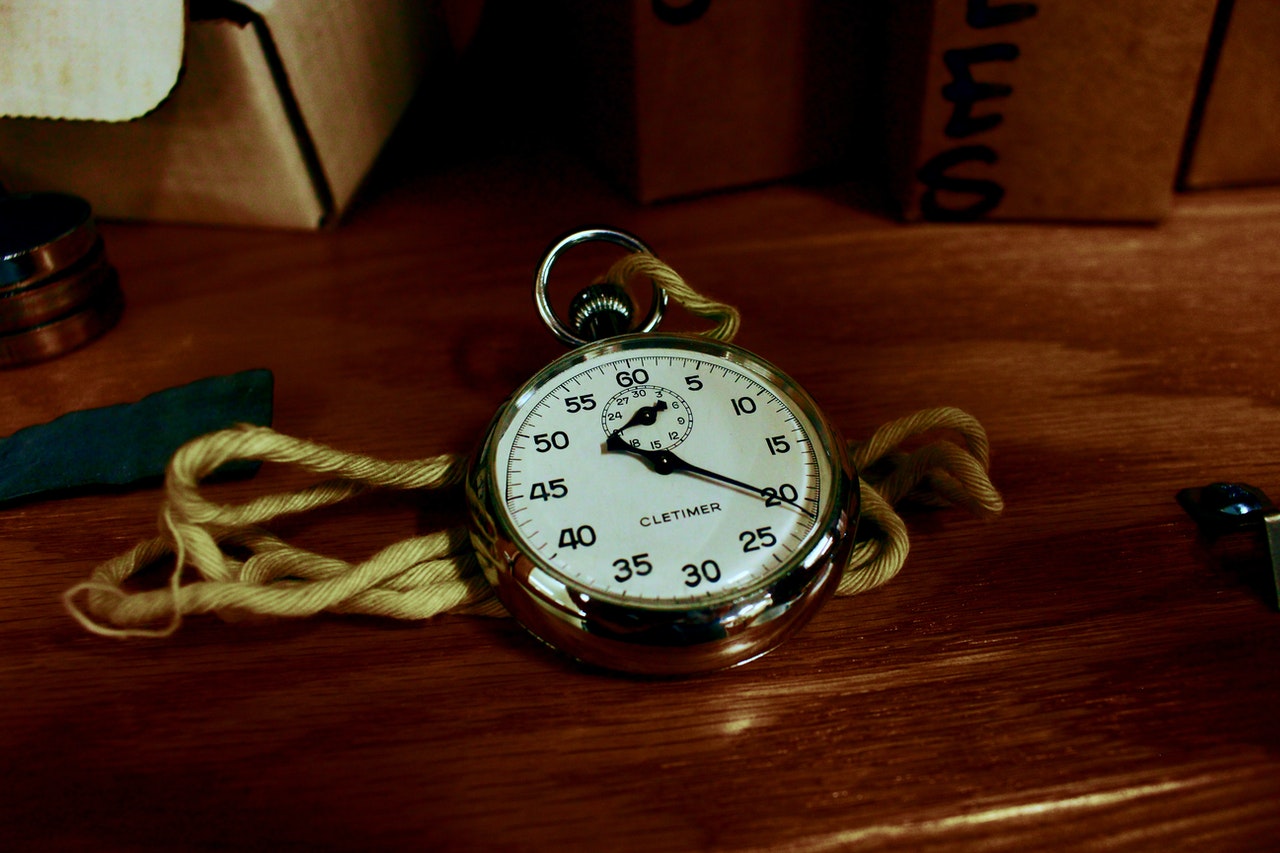A lot of the teaching that I do is skill based, and a key aspect of being a coach or a skill based teacher is being impatient for action over talking.
Whenever I begin an activity, and I describe to the stuudents what they will be doing, a little clock starts up in my head – and I’m very aware of the time I spend talking.
I call this kind of talking ‘meta talking’ – it’s time spent talking about learning, rather time spent learning. Meta talking is important and necessary, without the students won’t know what they’re doing, but it’s also time where the students are not directly learning.
As a coach, I want to be a little impatient to get the meta work done – and I want to foster that impatience in my students. For me if I pick up the feeling from my students that they are impatient with me first – then I feel like I’ve done a good job and that’s an attitude I really want to foster in skill based learners.
So what can you do to speeds things up?
The key to keeping meta-talking time down, is being clear and concise in your instructions. You want the students to understand what they are doing quickly. I like to break this down into three steps:
- Get their attention
- Describe the steps they will take
- Make corrections
For step one, when coaching, a whistle is an invaluable tool to get your learners attention, but efore you start talking take a a few seconds to make sure everyone is in ear shot. I know this sounds obvious, but often students will loiter at the back or behind other people and miss important details. Be in the habit of calling students out if you cannot clearly see their face, and firmly telling them they need to be able to hear you. These small fixes will only take a few seconds but they make a big difference it only takes one person who wasn’t listening to instruction to drag a working group down.
For step two, you will need to practise as a teacher being clear about your instruction. Do not leave anything to chance. This will take some practise., and it’s very common, especially when starting out, to give students an instruction only to find them doing something different 2 minutes later.
For example, often when giving an instruction, I may say something like ‘Ok! Remember I want you in between the 10 foot markers!’ only to find that skaters are working in larger areas where the drill is not so effective. For important pieces of instruction – cold call a student to repeat the instruction back to you like this:
Me: ‘Ok! I want everyone working between the 10 foot markers – Sarah where are you gonna be working?
Sarah: ‘between the 10 foot markers’
Me: ‘Nice! Ok everyone ready? 3, 2, 1 go!’
When calling on a student to repeat an instruction back to me, I prefer to call someone near the back so I know my voice is being heard.
Lastly – making corrections. As a teacher often you will find students doing an activity in way you didn’t intend. For example, lets say I want students to do a hockey stop on every 10 foot marker, but I find that they’re performing them in a more leisurely fashion, perhaps doing one on the straights and one on each apex – as a coach I want that repetition and high volume from the students so they can pick up and embed the skill.
The first step when this happens is to recognise that this is learning moment for you – the coach. For some reason the students did not take on the instruction during the meta talking. It could be because you weren’t clear enough, it could be because you didn’t have their attention. This is a moment for correction and reflection.
Making the correction: you want your correction to be as fast as possible. Now we’re into double meta-talk time, but you also don’t want to repat the same mistake you made initially. To make the correction use a Wooden Correction, named after coach John Wooden.
Blow your whistle, make sure you have everyone’s attention and perform the action you want, then perform the mistake, then perform the action you want. It should sound like this:
Me: OK! some of you are not doing this right, this is what I want to see, hockey stops on every 10 foot marker (demonstrates)
Me: I don’t want to see this (demonstrates incorrect behaviour)
Me: I want to see this (demonstrates correct way again)
This style of correction is fast, succinct and clear, and you can use it to make corrections that you want to stick. When you have made a Wooden correction, take a moment to consider why the students did not perform the exercise how you wanted – and make a note to correct yourself the next you give an instruction.
DO NOT be tempted to blame the students, it can be frustrating when they are not doing the thing you just told them to do, but be mindful that growing as a coach means taking ownership of these moments and reflecting on how you can do them better next time.

